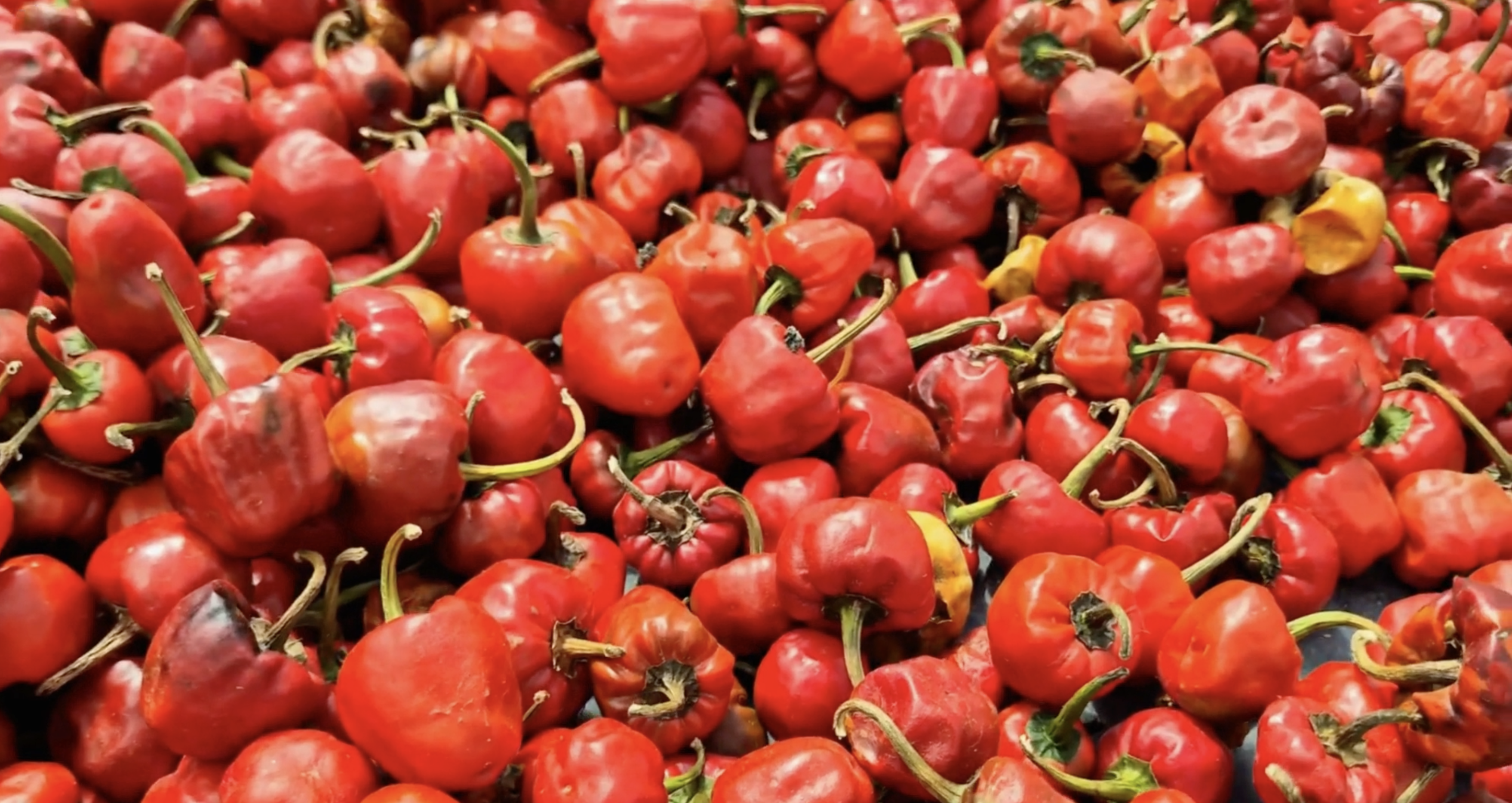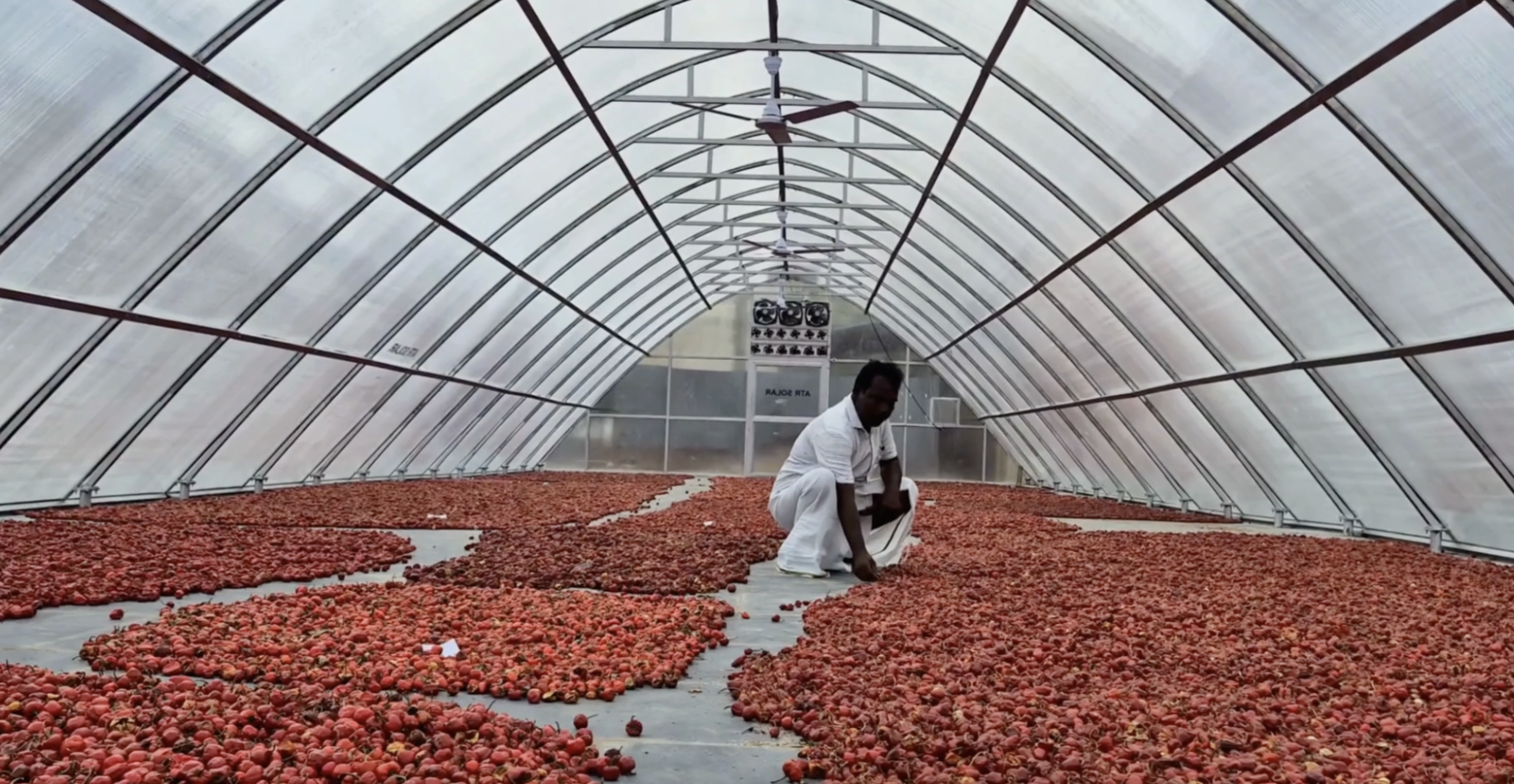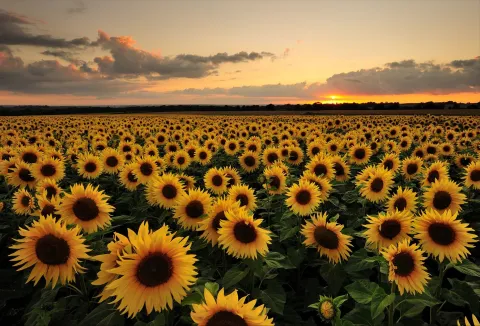Solar innovation transforms Indian chili farming
Five times faster - how a new drying facility is changing farmers’ lives for the better
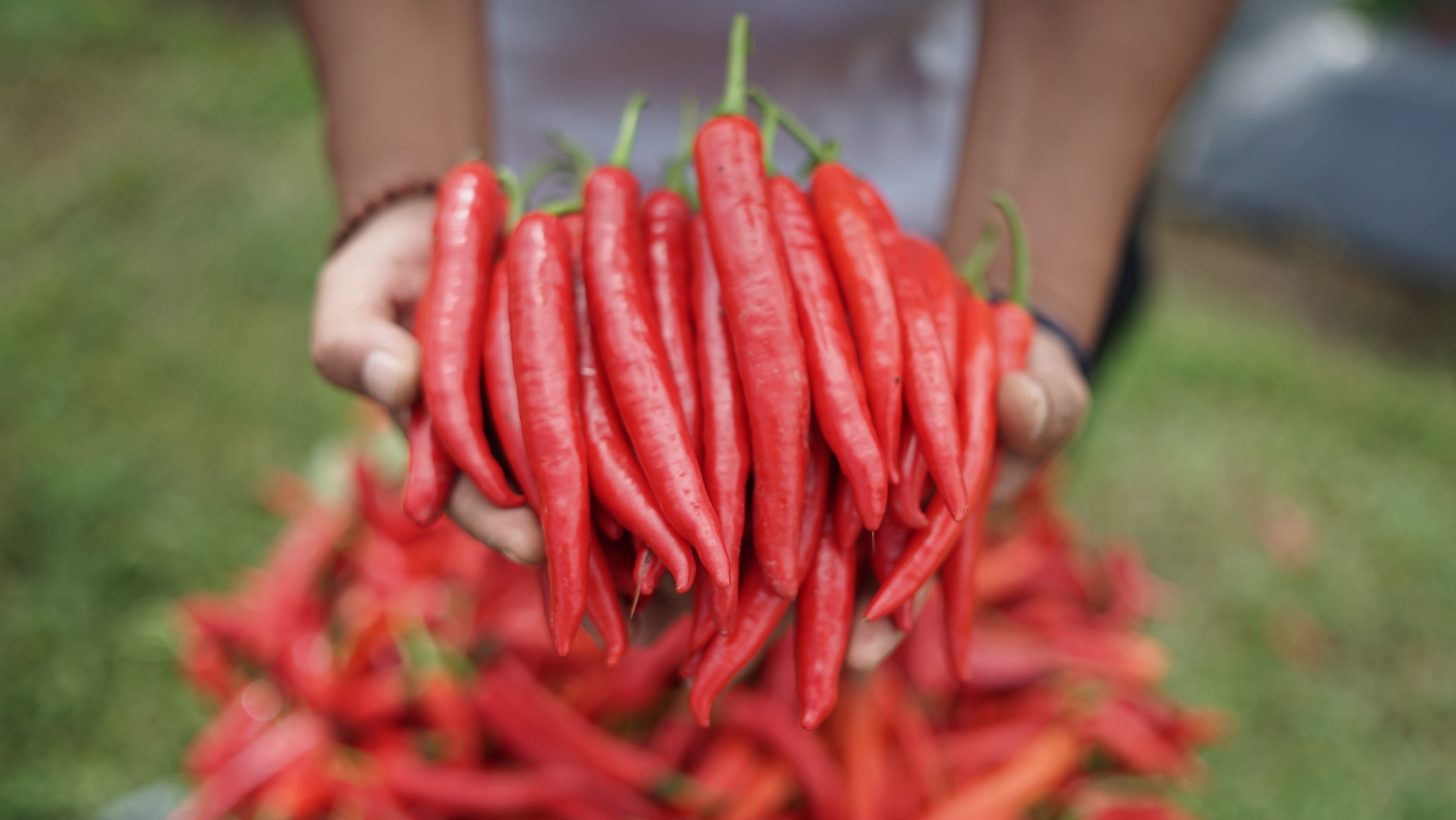
It’s a tradition that has been passed down through the generations. Chili farmers in a southern Indian village dried their harvests on the ground, using whatever public space was available.
“Drying red chilies used to take anywhere from five to 10 days, depending on the availability and intensity of sunlight,” says Tamilselvan from Ariyandipuram in Tamil Nadu state. “We used to dry red chilies, then bring them back indoors to safeguard them, keeping watch over them throughout the entire day.”
In Ariyandipuram, chilies are a primary crop, with many smallholders relying on the vegetable to earn a living. But a single overcast day can cause major problems, including draining the chili of its color. While this might not seem important, the vibrant red chili sheen is a key indicator of pungency and quality - and price.
Add in wind, rain, birds, animals, dust and disease and a carefully tended crop can be lost.
The vibrant red chili sheen is a key indicator of pungency and quality - and price.
The vibrant red chili sheen is a key indicator of pungency and quality - and price.
Help at hand
Now a new initiative in Tamil Nadu is changing chili growers’ lives. Launched in December 2024, the Solar Dryer Facility has transformed the crucial drying process for more than 500 farmers from the Lower Vaigai Ilayangudi Farmer Producer Organization.
The innovative facility provides a controlled environment, not dissimilar in appearance to a domestic gardener’s greenhouse – albeit on a larger scale. Members of the Farmer Producer Organization pay a nominal fee to use it, and that money goes towards the maintenance of the building.
A farmer checking his harvest at the Solar Dryer Facility.
A farmer checking his harvest at the Solar Dryer Facility.
Syngenta India and Hand in Hand India, a not-for-profit working to alleviate poverty, constructed the 180-square-feet solar drying yard at a cost of Rs. 13 lakhs (around $15,000).
Although the facility has only been going for a few months, local farmers are already seeing the benefits.
Muthuraku is from Ariyandipuram. She and her husband Somu own two acres of land where, along with other vegetables, they cultivate chilies. Previously, they had to dry chilies on public ground. When it rained, it made drying the chilies even more difficult.
She says: “We had to work for a week to dry chilies, requiring a significant amount of labor. It was also challenging to safeguard them during the process. Since the installation of the Solar Dryer Yard, we have been able to dry chilies in just two days. This allows us to bring the chilies to the market much faster, and the process has become significantly easier for us.”
The solar dryer facility has enhanced efficiency and maintained the quality of the chilies.
The solar dryer facility has enhanced efficiency and maintained the quality of the chilies.
Tamilselvan says that, in his region, 150 acres of land are used predominantly for chili farming. Now, all villagers are using the new solar facility.
“With the establishment of the dryer yard, we were able to dry chilies within two to three days, a significant improvement compared to the 10 days it used to take…we can deliver them to market promptly, significantly improving the overall process and reducing delays.
“We observed a significant improvement in our income after transitioning from roadside drying to using the solar dryer, as it enhanced efficiency and maintained the quality of the chilies.”
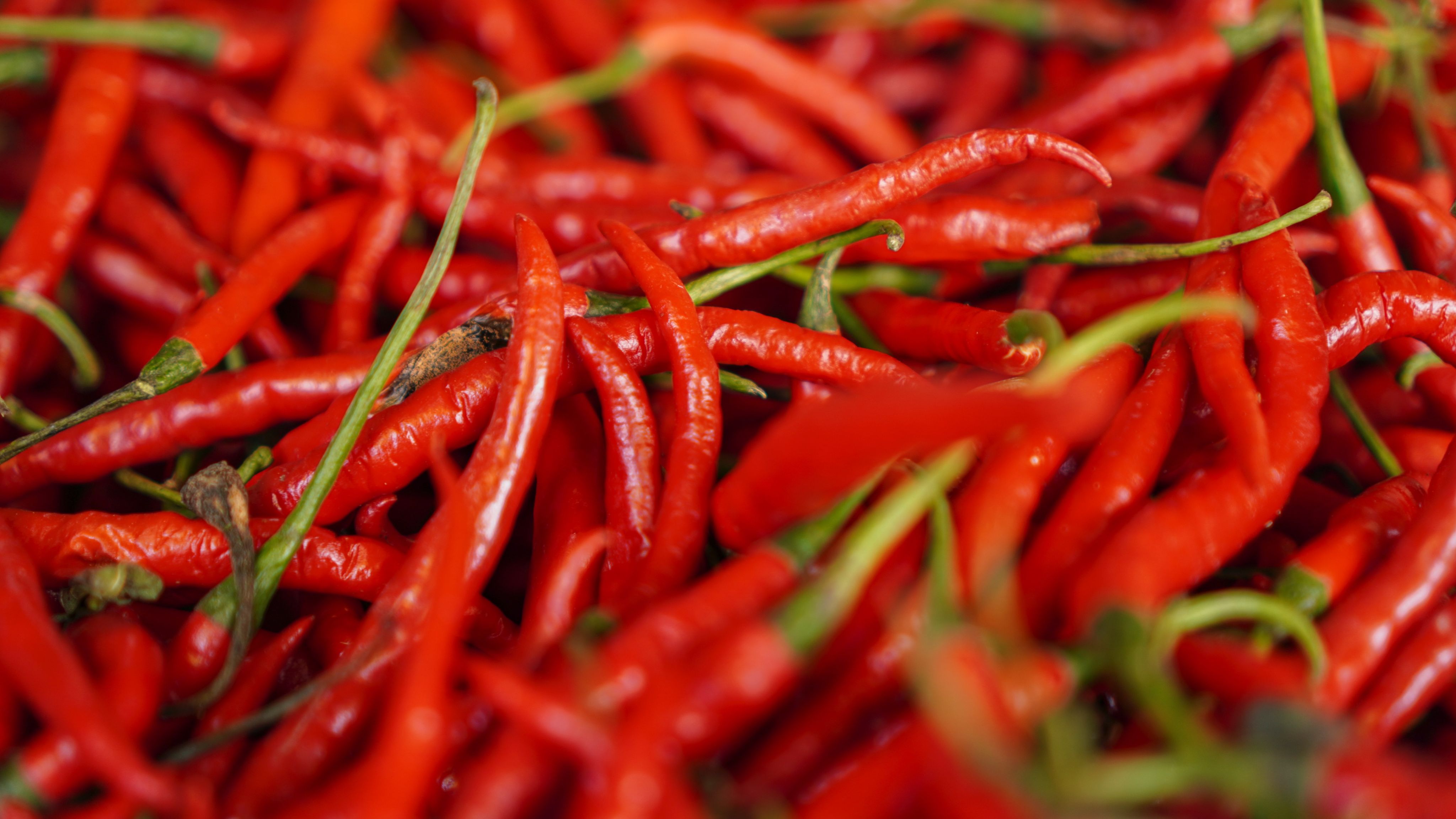
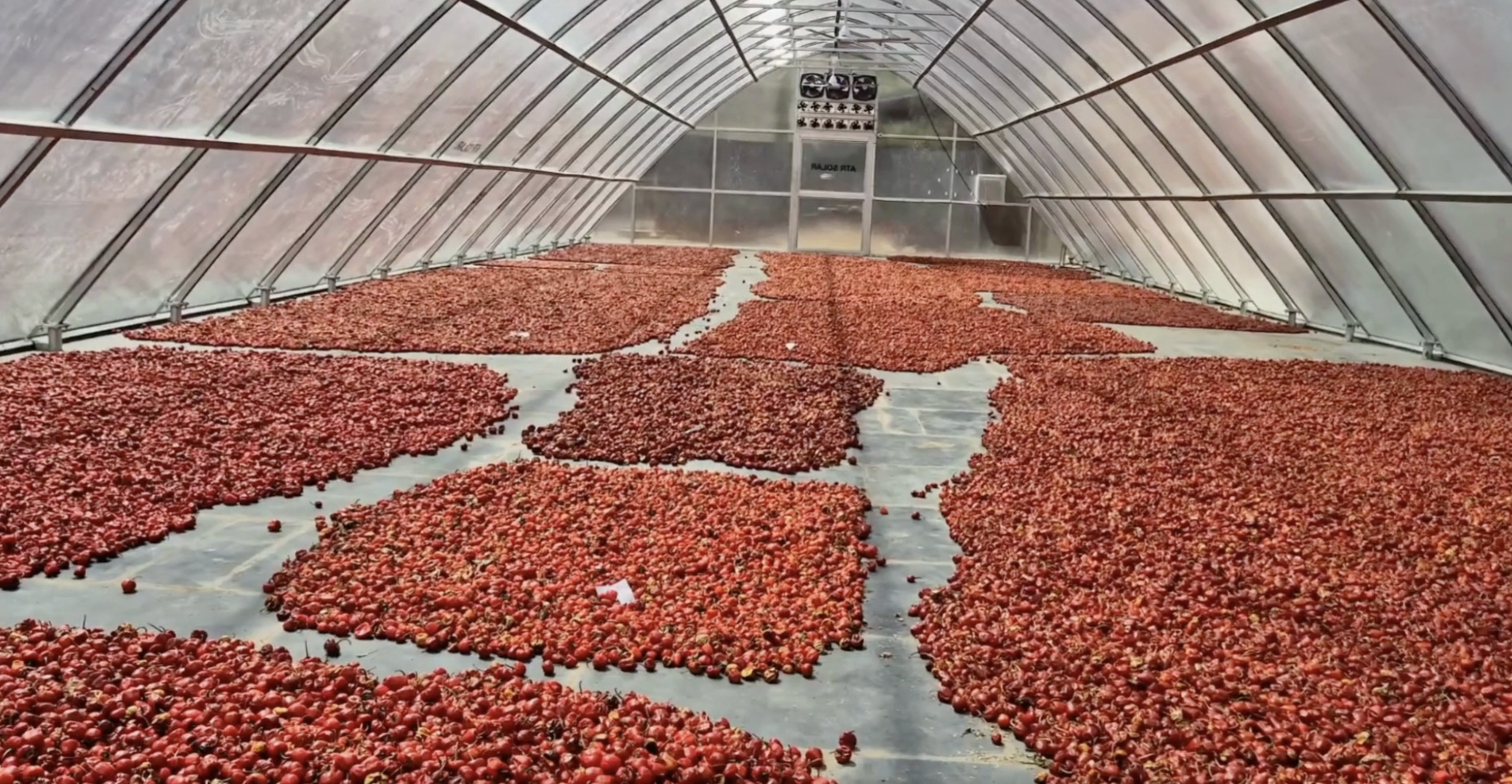
Hot, hot, hot…
According to Research and Markets, the global dry chilies market was worth $6.31 billion in 2024. It is forecast to reach a staggering $7.82bn by 2030, driven by a variety of factors including consumer awareness and demand, a shift towards more sustainable production methods, and modern processing technologies.
While dried chilies are used the world over to add heat to favorite dishes, there’s more to them than meets the eye, especially for growers. Malathi, a farmer based in Ariyandipuram, explains.
“Drying chilies reduces their weight and volume, making them easier and more cost-effective to transport and store. This is particularly important for farmers and traders who need to move large quantities of chilies over long distances. Proper drying prevents the chilies from becoming damp and clumping together, ensuring they maintain their quality and integrity throughout the supply chain.”
So, as well as enhancing flavor, color and texture, the drying process plays a crucial role in extending the shelf life of chilies. Initiatives like the Solar Facility play a vital role in modernizing post-harvest techniques like chili drying.
K. C. Ravi is Head of Sustainability and Corporate Affairs India at Syngenta. He says: “The smallholders immensely benefit from these projects as it helps them to enhance the quality of the produce, and ultimately they get better prices. Otherwise, they would have to sell their produce at a very low cost.”
A new solar drying facility, funded by Syngenta India and Hand in Hand India, dramatically improves chili farmers' livelihoods by reducing drying time to 2-3 days, enhancing chili quality, and increasing market prices.

